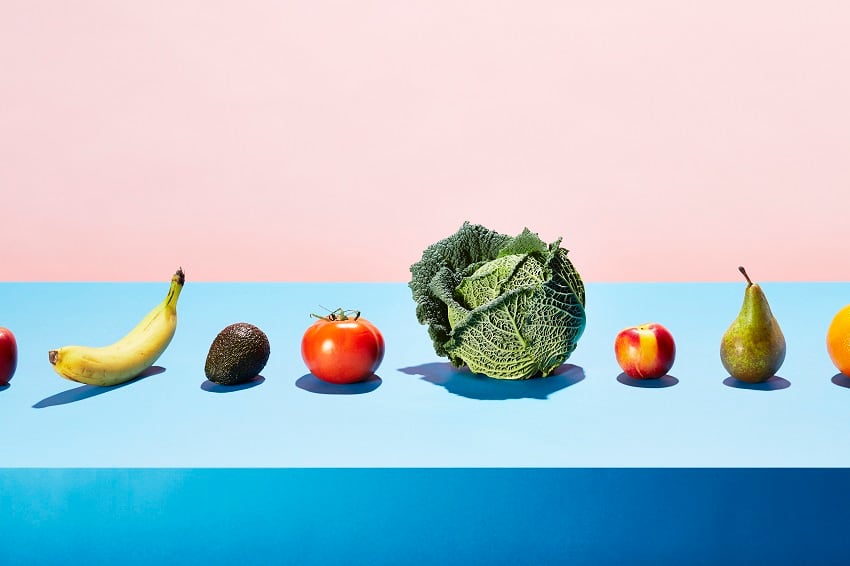The report shows around 33% of adults in the UK and Ireland consume at least five portions of fruit and vegetables a day, compared with 30% in the Netherlands, 20% in France, 11% in Germany and just 2% in Romania (the lowest level out of the countries assessed). The average across OECD countries was 15%, or one in seven.
However, for daily vegetable consumption, the highest was South Korea, where 99% of the population consumes at least one portion daily. The highest European country was Belgium, with 76%, followed by Ireland (75%), Norway (67%) and Sweden (66%).
In previous years, the trend of fruit and vegetable consumption has been upwards in Europe. “On average across 27 EU countries, the proportion of 5-a-day slightly increased from 11.9% to 12.4% between 2014 and 2019. The evolution is mixed across countries: the proportion of 5-a-day increased in 11 countries while it decreased in 18 countries. Note that the UK (33.1%) and Ireland (28.8%) ranked first and second among EU countries in 2014,” an OECD spokesperson told FoodNavigator.
However, in recent years, the trend across the OECD seems to have declined slightly. “By comparing with the 2021 edition of Health at a Glance, we observed a slight reduction in the average proportion of daily vegetable consumption across OECD countries.
“Specifically, the average proportion of daily vegetable consumption decreased by 2 percentage point, from 59% to 57% between 2019 and 2021. In most OECD countries, the proportion of daily vegetable consumption did not change, while it increased in 5 countries (by 0.5 percentage point or more) and it decreased in 5 countries (by -0.5 percentage point or more).”
Regular consumption of fruit and vegetables has been consistently shown to be good for health. Even consumption of just 400g each day can significantly lower the risk of developing health problems including heart disease, strokes, diabetes, and certain cancers, as well as obesity. According to the OECD, there were 2.7mn deaths resulting from diets low in fruit, vegetable and legume consumption in 2019.
Another key finding of the report was that women generally eat more fruit and vegetables than men. In fact, in all countries except Mexico, more women daily consumed vegetables than men. On average across countries assessed, 62% of women and 52% of men consumed vegetables daily. Women were also more likely than men to consume five portions of fruit and veg each day, except in Greece and South Korea.




